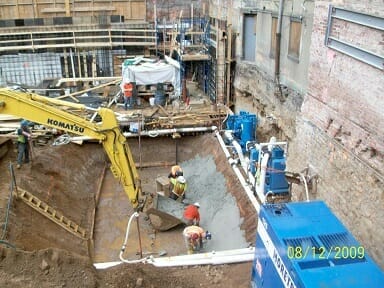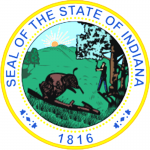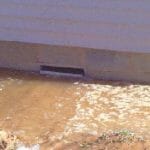- Course No E – 1418
- PDH Units 3.00
No data found for Custom Course Number
No data found for Custom Course Units
- Course No E – 1418
- PDH Units 3.00
Intended Audience: civil and geotechnical engineers and other design and construction professionals
PDH UNITS: 3
This course discusses design of a watering and pressure relief or groundwater control system. To do this first requires determination of the type of groundwater flow (artesian, gravity, or combined) to be expected and of the type of system that will be required. Also, a complete picture of the groundwater and the subsurface condition is necessary. Then the number, size, spacing, and penetration of wellpoints or wells and the rate at which the water must be removed to achieve the required groundwater lowering or pressure relief must be determined. Course Content 1. ANALYSIS OF GROUNDWATER FLOW 2. MATHEMATICAL AND MODEL ANALYSES 3. FLOW NET ANALYSES 4. ELECTRICAL ANALOGY SEEPAGE MODELS 5. NUMERICAL ANALYSES 6. WELLPOINTS, WELLS, AND FILTERS 7. PUMPS, HEADERS, AND DISCHARGE PIPES 8. FACTORS OF SAFETY 9. DEWATERING OPEN EXCAVATIONS 10. DEWATERING SHAFTS AND TUNNELS 11. PERMANENT PRESSURE RELIEF SYSTEMS 12. FREEZING 13. CONTROL OF SURFACE WATER This course will give professional engineers and construction professionals an introduction to the analysis, systems, equipment, and materials employed in dewatering.
Learning Objectives
At the successful conclusion of this course, you’ll be able to identify and discuss:- Learn how to use mathematical and model analyses;
- Learn about flow net analysis;
- Learn the approach to electrical analogy models;
- Learn how to employ numerical analysis;
- Learn about wells, filters and wellpoints;
- Learn about dewatering open excavations;
- Learn the approaches to dewatering shafts and tunnels; and
- Learn how to control surface water.
Once completed, your order and certificate of completion will be available in your profile when you’re logged in to the site.










